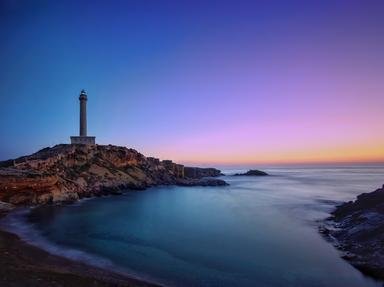
Come Sail With Me Trivia Quiz
Come sail with me on some famous historical ships. Disregard any specific classes - if it was intended to float on water I have classified it as a ship! Neither the ships or people have titles in the questions.
A matching quiz
by Midget40.
Estimated time: 3 mins.
- Home
- »
- Quizzes
- »
- World Trivia
- »
- Transport
- »
- Maritime